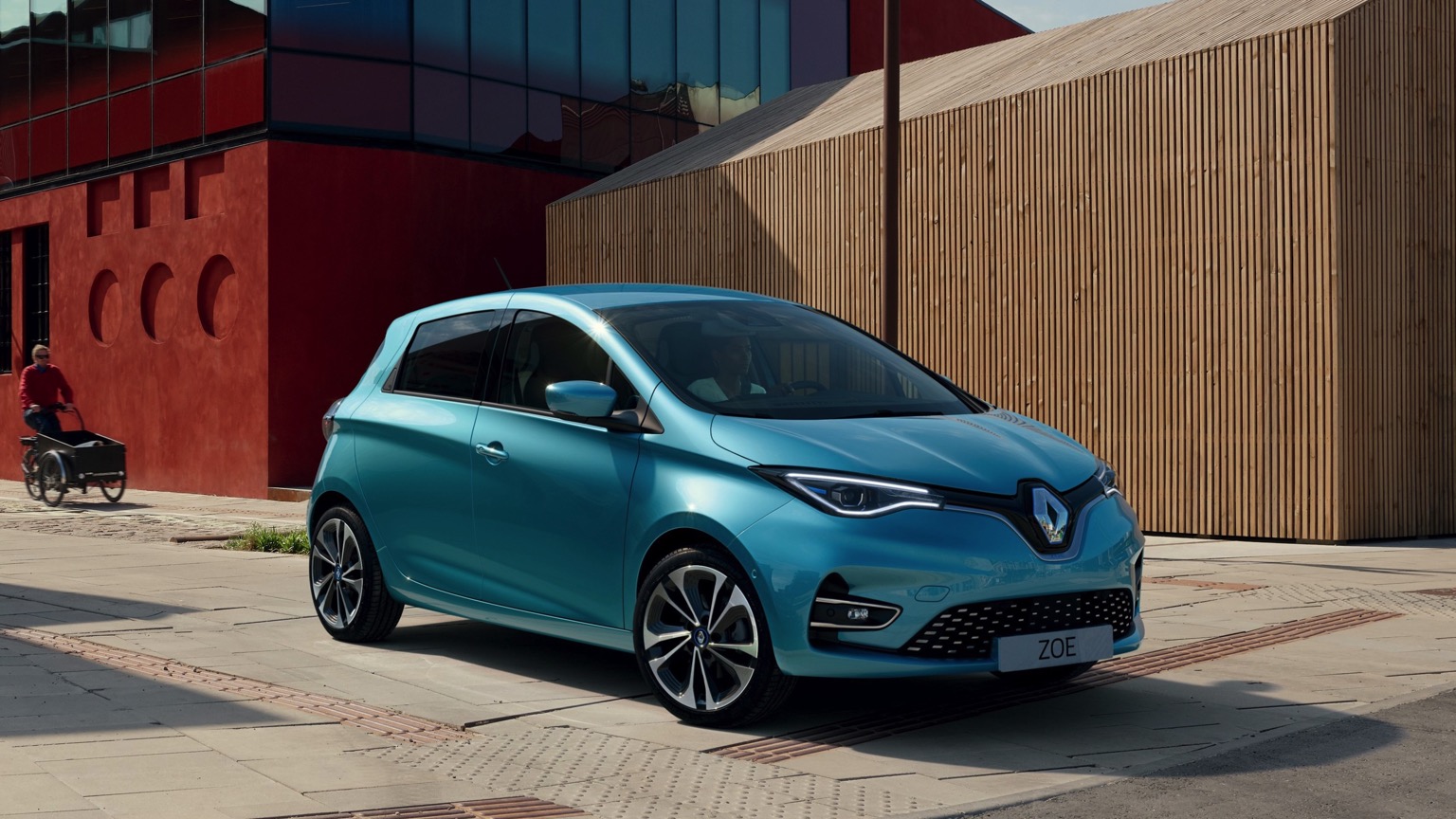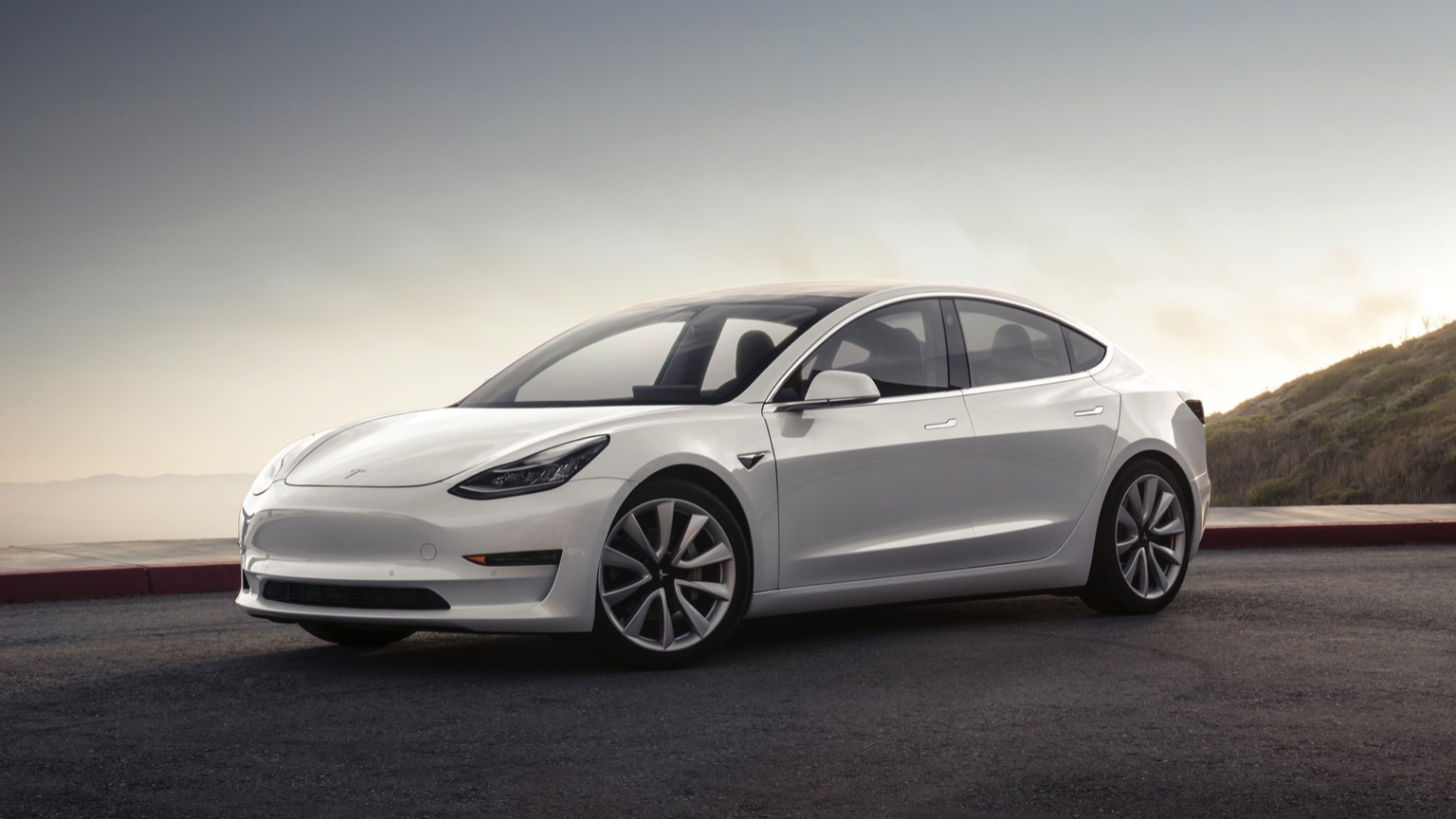 |
| Renault Zoe |
Having often preached the message of environmental awareness
in my sermons, I had seriously considered buying an Electric Vehicle (EV) as my
next car, following the
example of Bishop Colin. However,
the cost of a new EV is still prohibitively expensive, even for a small car
like the Renault
Zoe which after the £3,500 government’s “Plug
In Car Grant” would cost roughly the same as my annual stipend (before
tax!). There is also the practical
reality that I only expect to recharge overnight at home and need a boot space
for my dog. I also love driving and the
engineering-side, and would really want something with the street cred of a
Tesla Model 3, which would be more like 2 years of a Vicar’s salary… hmmm, time
to get real!
 |
| Tesla Model 3 |
My usual mileage is relatively low, perhaps with a couple of
trips per day across Wallingford between the two parishes or within the deanery
– more than 20 miles would be the exception.
But I would also want the car to deal with the occasional long trip
around the diocese for courses, or to visit friends and family and the
occasional short break. Therefore, a plug-in hybrid (PHEV) was the only real option and it would need to be 2nd hand.
As I’m not a taxi-driver or a Hollywood eco-evangelist, a
Prius was quickly-ruled out. The Lexus
CT 200h was a cooler version, but the Continuously
Variable Transmission (CVT) doesn’t make for a very satisfying driving
experience. The VW Golf GTE is far more
attractive as a driver’s car, but doesn’t come in an estate version so Ralph (our
often-muddy dog) would end up in the back seats which would soon ruin the chequered-pattern
cloth. However, there was a close cousin
of the Golf GTE in the form of the Audi A3 Sportback e-tron which was halfway
between a hatchback and an estate. (It also
reminded me of my old Alfa 159 Sportwagon TI, my last car I had in my former
career).
 The concern was then battery deterioration as the A3 e-tron
would only do 29 miles on a new battery.
Would it be realistic to get 20 miles out of a well-used model in the
winter? Having followed the market for
the past few weeks, my price range would restrict me to a high-mileage and/or
older example. Many of these seemed to
be former lease/company cars which were originally purchased for their Ultra-Low
Emission Zone and other tax benefits. Chances are that they would have been thrashed up and down the country’s
motorways rather than being eased along by an eco-warrior. Batteries are best preserved by regular
recharging, but there was no way of knowing whether the previous owner would
have bothered to plug it in. None of the
dealers would charge up the car and allow an extended test drive. The only clue was that quite a few of the
cars didn’t even come with the charging cable, so these were ruled out. Whatever I bought would be a bit of a risk…
The concern was then battery deterioration as the A3 e-tron
would only do 29 miles on a new battery.
Would it be realistic to get 20 miles out of a well-used model in the
winter? Having followed the market for
the past few weeks, my price range would restrict me to a high-mileage and/or
older example. Many of these seemed to
be former lease/company cars which were originally purchased for their Ultra-Low
Emission Zone and other tax benefits. Chances are that they would have been thrashed up and down the country’s
motorways rather than being eased along by an eco-warrior. Batteries are best preserved by regular
recharging, but there was no way of knowing whether the previous owner would
have bothered to plug it in. None of the
dealers would charge up the car and allow an extended test drive. The only clue was that quite a few of the
cars didn’t even come with the charging cable, so these were ruled out. Whatever I bought would be a bit of a risk…
Therefore, with a fixed risk I decided to reduce the stakes
and went for the cheapest which came in below £13k for a 65-plate example with
near average mileage of 1,000 per month.
It was definitely near the bottom of the market, with kerbed alloys and
a minor dent, but we came to an arrangement with the dealer which satisfied me
that the battery would do what I needed.
I was reassured when an overnight charge suggested it would be good for
23 all-electric miles and the actual distance it achieved wasn’t too far off
this, despite the cold temperatures.
The maths:
The Audi A3 e-tron comes with an 8.8kWh battery. On my green
tariff with bulb, I’ve been paying 13.56p/kWh which is going up to 14.18p
in April. [Correction: now going down to 12.7p as I'm changing to another Green supplier - "OutFox the Market"] Given that the battery deteriorates,
it probably now holds 7kWh (i.e. to give the predicted 23 miles now vs 29 when
new). Therefore, a full charge costs less
than £1 from which I hope to get 20 miles in most seasons, or roughly 5p per
mile. Even on a longer journey of 60
miles in hybrid mode, with my original £1 full charge topped up during braking
and downhills, I managed over 100mpg from the petrol used.
One other side effect is that having an Energy Efficiency
meter instead of a Rev Counter really encourages frugal driving. My wife is already bored of hearing my latest statistics!
The point of all this is that it is words are not enough and that we all need to be "transitioning" to a less carbon-dependent lifestyle. EVs and the charging infrastructure may not yet offer a feasible solution for most people, but there are other options out there that might just suit you whilst being completely practical right now.
.jpg)